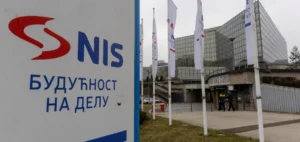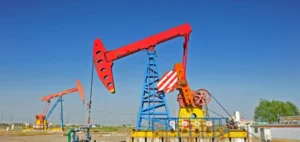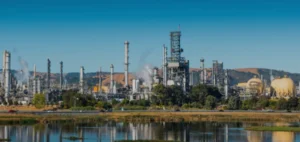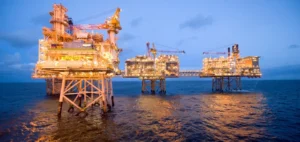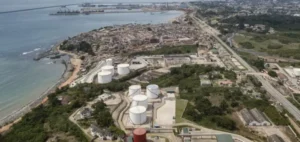The oil market is under intense pressure, with Brent crude down to $73.75 a barrel, a level not seen for nine months.
This drop is due to expectations that Libyan exports will resume sooner than expected.
Progress in internal political negotiations could lead to a rapid resumption of oil production and exports, which would have a direct impact on global supply.
The Libyan National Oil Corporation reports a 63% reduction in production in one week, equivalent to 724,000 barrels per day.
Recent political developments around the appointment of a new central bank governor are seen as signs of potential stabilization, influencing the market outlook.
At the same time, OPEC+ may be forced to reconsider its plans for gradual production cuts.
Initially scheduled for October, this plan to increase production by 2.2 million barrels per day could be delayed.
The major players in the alliance, such as Saudi Arabia and Russia, remain flexible in terms of their production levels, in response to market conditions and demand dynamics.
This situation is further exacerbated by non-compliance with production quotas by certain members such as Iraq and Kazakhstan, creating additional tensions and uncertainties.
Market players’ reactions and outlook
The uncertainties surrounding global production make forecasts more difficult.
Many analysts predict continued volatility in the months ahead, due to developments in Libya and OPEC+’s strategic response.
Demand for oil in Asia, particularly China, remains a crucial factor.
The fall in Chinese crude imports, down by 324,000 barrels a day this year, reflects a persistent economic slowdown and weighs on demand for refined petroleum products.
This, combined with the downwardly revised outlook for Japan and South Korea, adds a layer of uncertainty for players in the sector.
The market remains polarized.
While crude oil prices show a backwardation pattern – with spot prices higher than futures – the price curve for refined products remains weak, suggesting declining end demand.
This contrast highlights the current complexity, where immediate supply may seem tight while demand for derivatives remains hesitant.
Balancing Supply and Demand: A Crucial Issue
More than ever, producers’ ability to balance supply and demand is being put to the test.
Price fluctuations highlight the challenges faced by OPEC+ members in maintaining internal cohesion and adapting their production policies to market realities.
In Libya, the outcome of political discussions is crucial.
A swift resolution could bring additional volumes to the market, while a prolonged stalemate would maintain current conditions.
Global crude demand, particularly from Asian and North American markets, is also under the microscope.
Expectations of lower fuel demand in the USA and reduced heating consumption in the Middle East this winter continue to shape the strategies of major producers.
Projections remain cautious, with some forecasting low prices for Brent until the end of the year, around $80 a barrel, depending on the evolution of these multiple variables.





